Gaetano Cellini: Discover the Genius Behind Stunning Sculptures
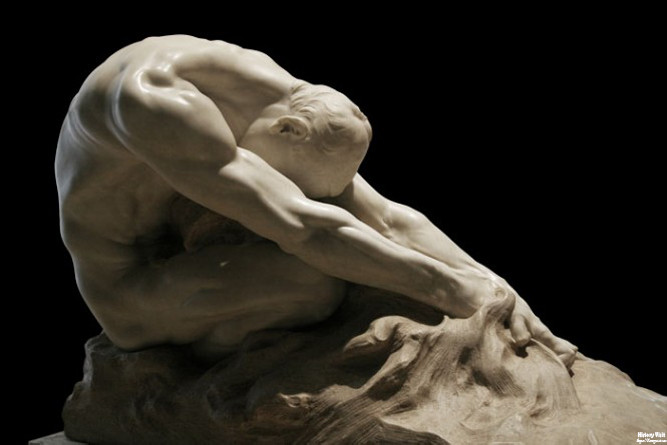
Introduction
Gaetano Cellini, a renowned sculptor, left an indelible mark on the world of art. Born in the 19th century, his works are celebrated for their intricate details and emotional depth. The name Gaetano Cellini is synonymous with artistic excellence and innovation in sculpture.
Cellini’s journey as a sculptor began at a young age. Inspired by the great masters, he dedicated his life to perfecting his craft. Throughout his career, Gaetano Cellini produced numerous masterpieces that continue to captivate audiences today.
In this article, we will explore the life, major works, artistic style, and enduring legacy of Gaetano Cellini. By delving into his contributions to sculpture, we gain a deeper appreciation of his impact on the art world.
Early Life and Background
Gaetano Cellini was born in 1873 in Italy, a country with a rich artistic heritage. His early exposure to art and culture influenced his decision to pursue a career in sculpture. Growing up, Gaetano Cellini was fascinated by the works of Michelangelo and Bernini, which inspired him to create his own art.
Cellini’s family recognized his talent and supported his artistic aspirations. He received formal training at prestigious art institutions, where he honed his skills. Under the guidance of experienced mentors, Gaetano Cellini developed a strong foundation in classical sculpture techniques.
During his formative years, Cellini’s work began to attract attention. His ability to capture human emotions and intricate details set him apart from his peers. As he matured, Gaetano Cellini’s style evolved, blending traditional and modern elements seamlessly.
By the early 20th century, Gaetano Cellini had established himself as a prominent figure in the art world. His works were exhibited in galleries across Europe, earning him critical acclaim and a loyal following.
Major Works of Gaetano Cellini
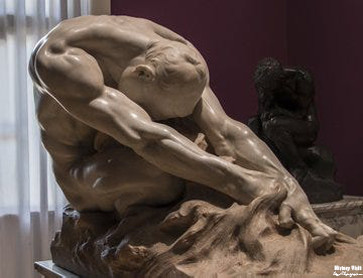
Gaetano Cellini’s oeuvre includes a diverse range of sculptures, each showcasing his exceptional skill and creativity. One of his most famous works is “The Dying Gladiator,” a powerful depiction of a fallen warrior. This sculpture, completed in 1905, exemplifies Cellini’s mastery of anatomy and his ability to convey intense emotion.
Another notable work is “The Kiss of Victory,” created in 1910. This piece portrays a victorious athlete being embraced by a figure symbolizing victory. The dynamic composition and intricate detailing highlight Gaetano Cellini’s talent for capturing movement and expression.
In 1920, Cellini completed “The Mourning Mother,” a poignant sculpture of a grieving woman. This work resonates deeply with viewers, illustrating Gaetano Cellini’s ability to evoke empathy through his art. The delicate features and lifelike portrayal make it one of his most admired creations.
Gaetano Cellini also ventured into public art, creating monuments and statues for various cities. His “Statue of Liberty” in Rome, unveiled in 1930, stands as a testament to his skill and vision. This monumental work continues to be a symbol of freedom and enlightenment.
One of Cellini’s most evocative pieces is “Humanity Against Evil,” (L’umanità contro il male) completed in 1908. This sculpture depicts a man standing defiantly against a monstrous figure, symbolizing the triumph of good over evil. The powerful imagery and dramatic contrast between the two figures showcase Gaetano Cellini’s ability to convey profound themes through his art.
Artistic Style and Techniques
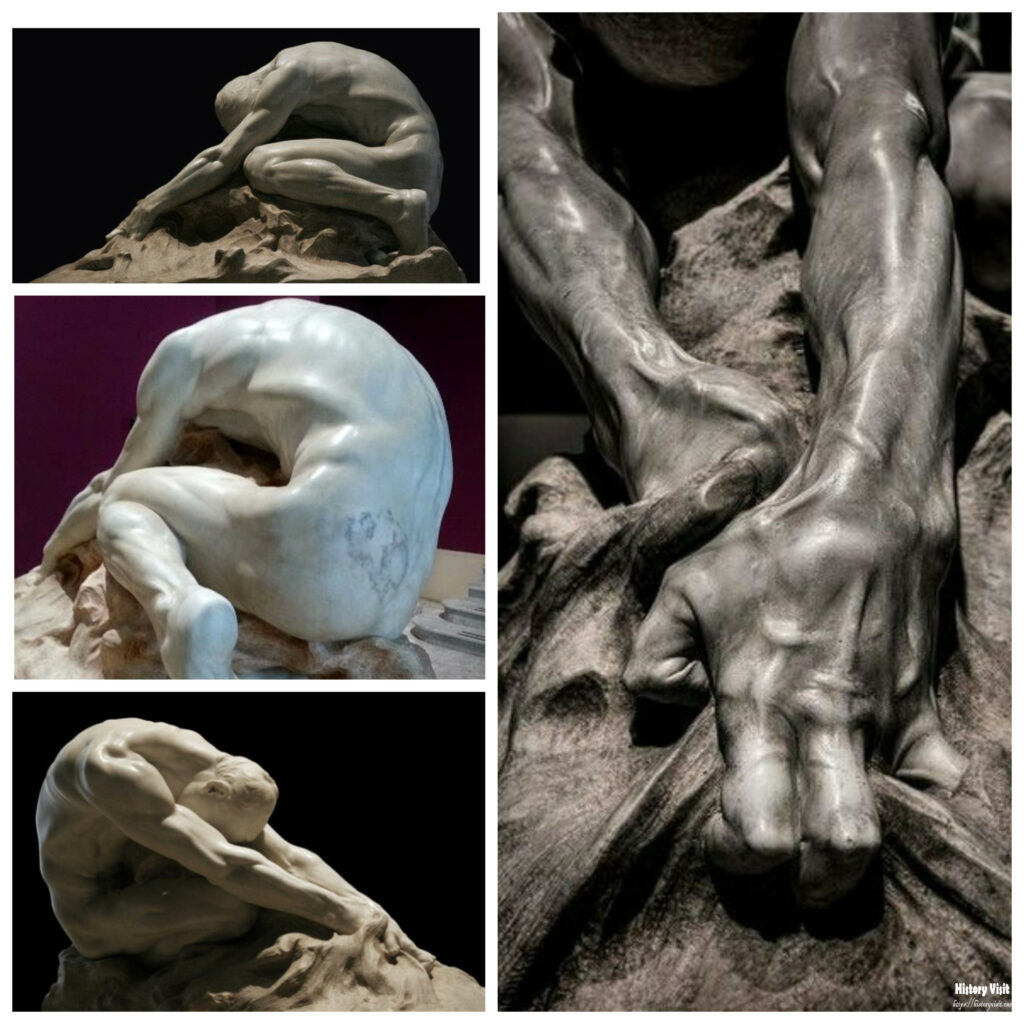
Gaetano Cellini’s artistic style is characterized by a blend of classical and modern elements. He drew inspiration from the Renaissance and Baroque periods, incorporating their emphasis on realism and intricate detailing. At the same time, Gaetano Cellini embraced contemporary themes, making his works relevant to modern audiences.
One of the defining features of Cellini’s sculptures is his attention to detail. He meticulously sculpted every feature, ensuring that each piece was lifelike and expressive. Gaetano Cellini’s ability to capture subtle emotions and dynamic poses set him apart from other sculptors of his time.
Cellini’s use of materials also contributed to the uniqueness of his works. He experimented with various mediums, including marble, bronze, and plaster. This versatility allowed Gaetano Cellini to explore different textures and effects, enhancing the overall impact of his sculptures.
Another notable aspect of Cellini’s technique is his innovative approach to composition. He often depicted his subjects in motion, creating a sense of dynamism and energy. This approach brought a new level of realism to his works, making them more engaging and relatable.
Legacy and Influence of Gaetano Cellini
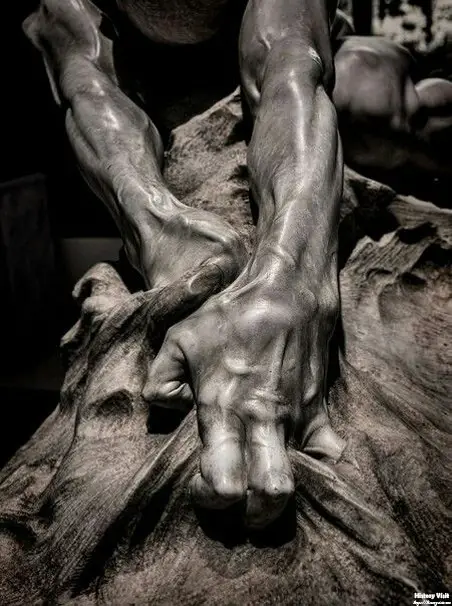
Gaetano Cellini’s contributions to the world of sculpture have left a lasting legacy. His works continue to be celebrated for their artistic excellence and emotional depth. Museums and galleries worldwide feature his sculptures, allowing new generations to appreciate his talent.
Cellini’s influence extends beyond his own works. He inspired a new generation of sculptors to explore classical techniques while embracing modern themes. Gaetano Cellini’s innovative approach to composition and detailing set new standards for the art form.
In recognition of his contributions, numerous institutions have dedicated exhibitions to Cellini’s work. These exhibitions highlight the breadth and diversity of his oeuvre, showcasing his evolution as an artist. Gaetano Cellini’s name remains synonymous with artistic excellence and innovation.
Moreover, Cellini’s works have been studied extensively by art historians and scholars. His techniques and artistic choices provide valuable insights into the evolution of sculpture during his time. Gaetano Cellini’s ability to bridge the gap between classical and modern art continues to inspire research and discussion.
Conclusion
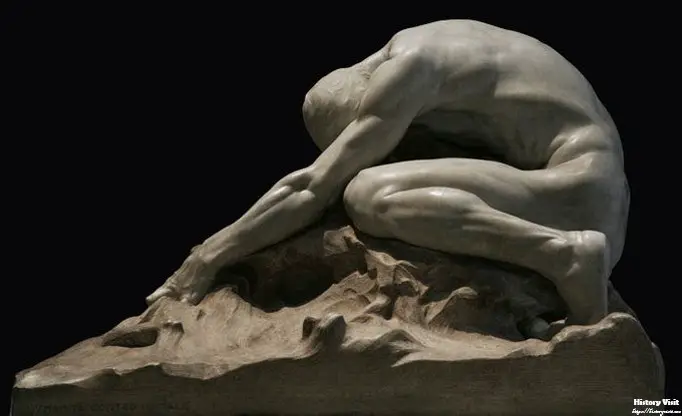
Gaetano Cellini’s impact on the art world is undeniable. His exceptional talent, innovative techniques, and dedication to his craft have solidified his place in history. Through his sculptures, Gaetano Cellini has left an enduring legacy that continues to inspire and captivate audiences.
From his early beginnings in Italy to his rise as a prominent sculptor, Cellini’s journey is a testament to the power of passion and perseverance. His works, characterized by their intricate details and emotional depth, continue to be celebrated worldwide.
Gaetano Cellini’s legacy serves as a reminder of the importance of art in our lives. His ability to capture the human experience in his sculptures has left a lasting impact on the world of art. As we continue to admire and study his works, Gaetano Cellini’s influence will undoubtedly endure for generations to come.


